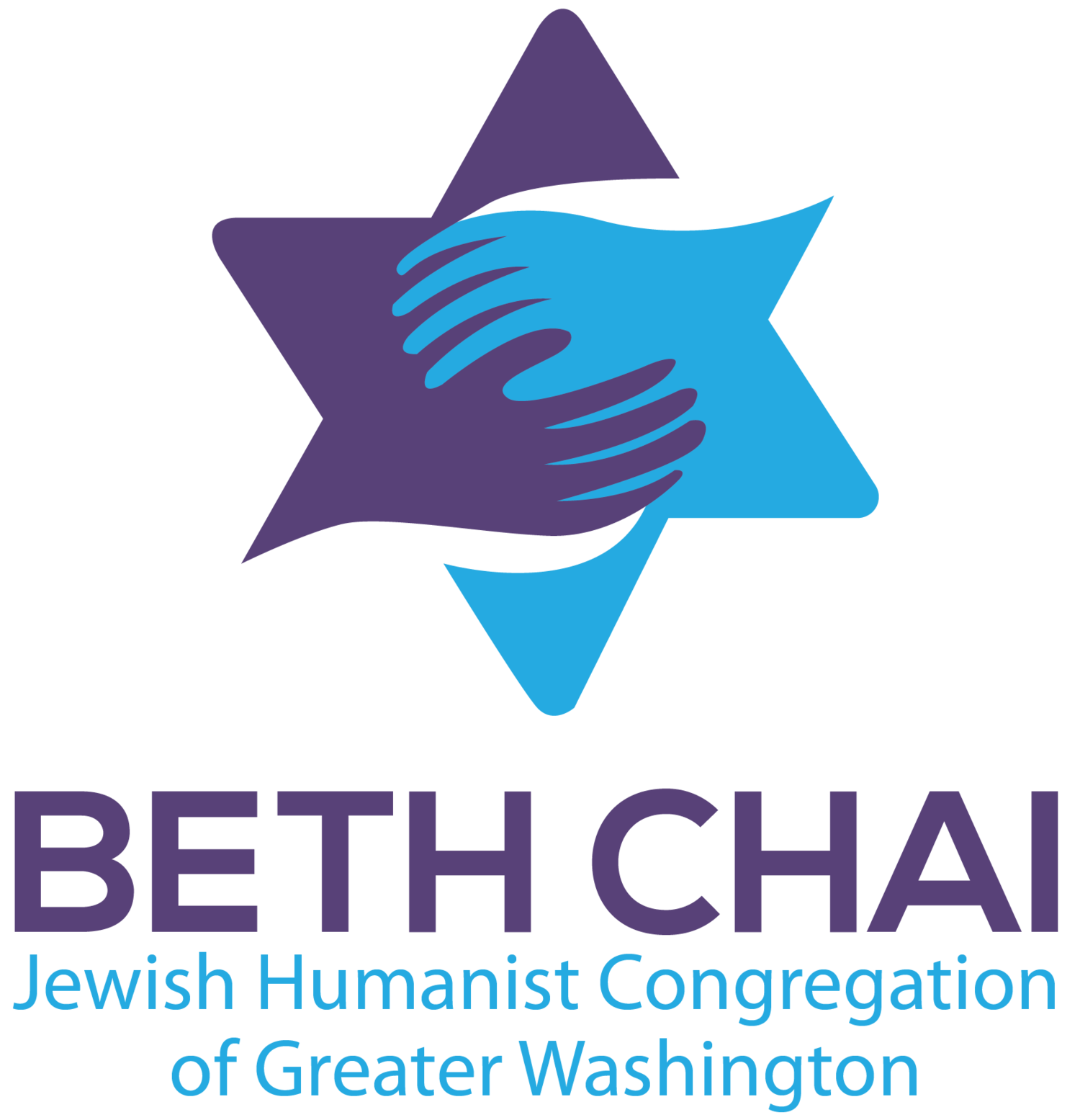Special Purims - Continual Survival
Purim took place in 1977 in Washington, DC. And, Purim took place in Cairo in 1323. And, in Casablanca in 1943. Not the Biblical Purim, but a Purim nonetheless.
The Biblical Purim, of course, celebrates Jewish salvation at the time of Esther and Mordechai. It falls next Wednesday and Thursday. But, the theme of Purim – the survival of the Jewish people when threatened – has been repeated endless times through our history. Fascinatingly, a tradition of ordaining a “special Purim” arose to mark these deliverances. Communities have called for a special Purim after natural disasters and acts of antisemitism. There are over 100 such special Purims; Encyclopedia Judaica has the most complete list. This online article contains descriptions of about 30.To celebrate a special Purim, the community writes a megillah, or scroll, describing what happened and how the community was saved. This megillah is read on the anniversary of the event, along with special prayers and sometimes a feast.
Here are just a few examples:
On March 9, 1977, terrorists held 136 hostages from the B'nai B'rith headquarters in DC for 36 hours. Police negotiated an end to the crisis and most hostages were released unharmed. The terrorists were all convicted. A special Purim was ordained in commemoration.
In Cairo in 1323, a Muslim crowd attacked a Jewish funeral procession. Twenty-three Jews were arrested and the rest of the community retreated to their home and fasted. On the third day, mirroring Esther’s fast, a group of Jews appealed to the Caliph. The Caliph investigated and ordered the Jewish prisoners released. A special Purim was ordained.
In Casablanca in 1943, on the 20th of Kislev, the Jewish community was saved from Nazis, when Allied forces invaded. A special Purim, called Purim Hitler, was ordained and a special Megillah was composed. This Megillah is now at the US Holocaust Museum.
Special Purim commemorations give us a unique look into the history of Jewish communities worldwide. They remind us how Purim is not only about one event, but about continued survival of our people. They make us remember and connect our history together.
This Shabbat, in fact, is called Shabbat Zachor, or the Shabbat of remembrance. Shabbat Zachor is the last Shabbat before Purim. But, what are we remembering? Esther in ancient Persia? B’nai B’rith headquarters in 1977? Cairo in 1323? Casablanca in 1943? We are remembering all of them – or more precisely – remembering the Jewish history of survival. And the human history of survival.
Perhaps, we will someday have a special Purim marking our survival after two years of Covid, or the end of the hostage situation at the synagogue in Colleyville, TX. Or, with hopes of the heart, a return to a life of normalcy and peace for Ukraine. We can only dedicate ourselves to bringing about that day.
